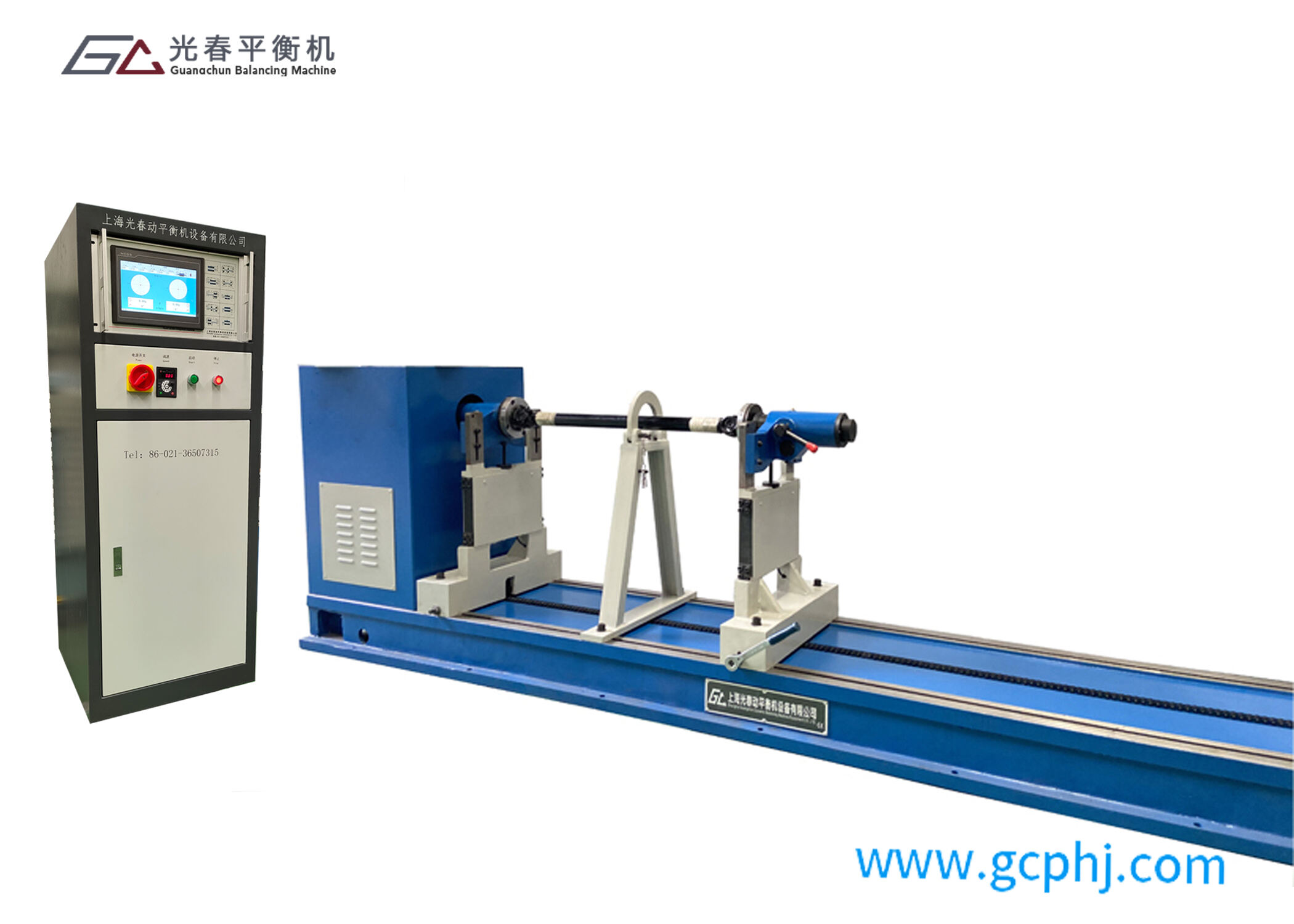תהליך איזון מכונת קליברציה
אפסון מכונת איזון הוא תהליך קריטי המבטיח דיוק ודיוק בביצועי ציוד סיבובי. התהליך המורכב כולל התאמת מערכת והוכחה של מכונות איזון כדי לשמור על דיוק מדידה ואמינות. התהליך נפתח בהתקנת רוטור איזון ידוע, ולאחר מכן מבוצע סדרת מדידות להקמת קריאות בסיסיות. הטכנאים מבצעים מספר ריצות בדיקה כדי לאשר את יכולת המכונה לזהות ולה mda שיקול באופן עקבי. תהליך האפסון כולל מגוון היבטים טכנולוגיים, בהם אפסון רגישות, אימות דיוק זווית, וסינכרון חיישן ויברציה. מערכות אפסון מתקדמות משתמשות בטכנולוגיה דיגיטלית מתקדמת כדי לנתח ולתמרן מספר פרמטרים בו-זמנית, תוך הבטחת ביצועים אופטימליים בטווחי מהירות ושקלול שונים. התהליך כולל גם אימות יציבות מדידה, חזרתיות ורזולוציה של המכונה. היישומים משתרעים על פני מגוון רחב של תחומים, מהנדסת רכב ו תעופה ועד ייצור חשמל ותעשייה כבדה, כאשר איזון מדויק הוא הכרח למשך החיים של הציוד ולביטחון תפעולי. הליך האפסון מתבסס בדרך כלל על תקנים בינלאומיים כמו ISO 2953 ו-ISO 21940, תוך ודאות למ 준 להנחיות איכות גלובליות. תחזוקת אפסון קבועה עוזרת למנוע סטייה במדידה ומבטיחה איכות איזון עקבית, ולכן היא חלק חיוני בפיקוח על איכות בתפעול ובתעשייה.


